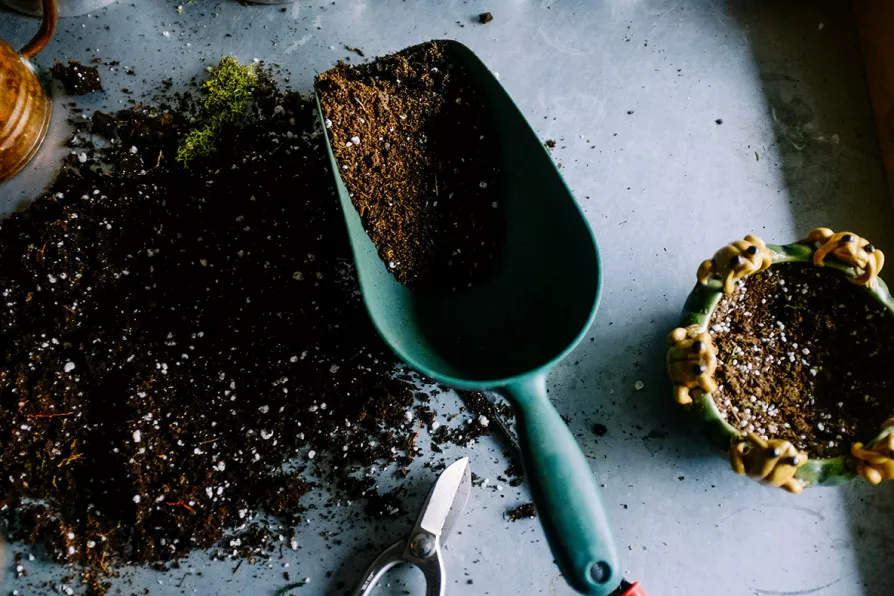Labour’s persistent failure to address its electorate’s salient concerns is behind the protest vote, asserts DIANE ABBOTT

 [Neslihan Gunaydin / Creative Commons]
[Neslihan Gunaydin / Creative Commons]
IT TASTES good, it’s nutritious, it’s easy to grow and you can harvest it more or less all year round. So why isn’t skirret better known?
The answer, I suspect, lies in the transition from one mode of production to another: skirret (Sium sisarum) is a vegetable well suited to gardeners growing for their own use. But it doesn’t lend itself to capitalist agriculture, which requires, amongst other factors, uniformity of product and a decent shelf-life. Skirret doesn’t keep well, doesn’t travel well, is of unpredictable size, shape and quality, and it’s fiddly to clean before cooking.
The potato, on the other hand, fitted into the industrial revolution like a jigsaw piece, meeting the needs of busy, hungry, dispossessed proletarians and of the landowners. Potatoes are easy to market and to use. As a result, many of our traditionally popular root crops disappeared, at least until the allotment movement.














